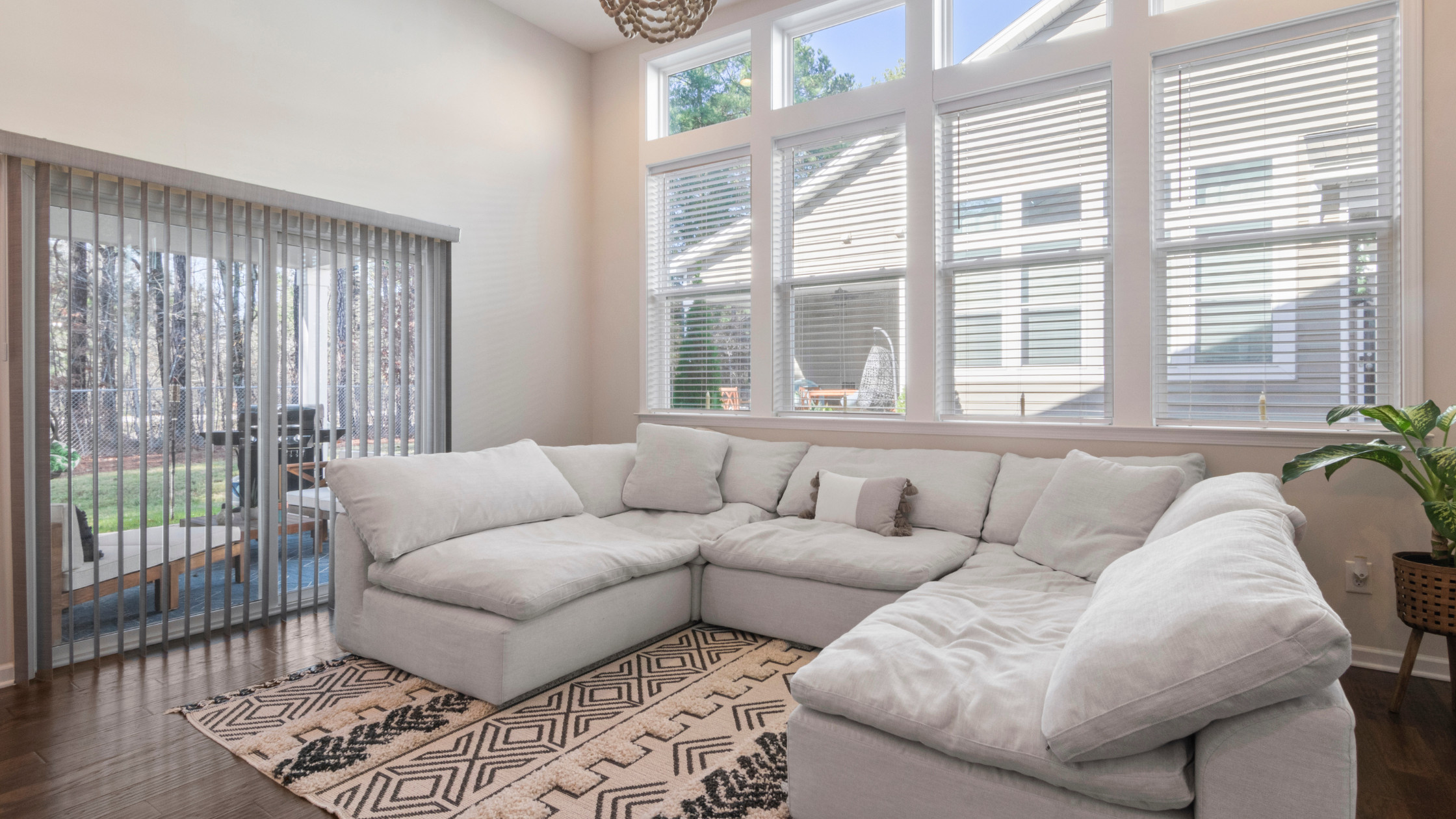Rugs serve as more than just floor coverings; they are integral components of home decor that add warmth, texture, and color to a space. The price of rugs can vary dramatically, and being able to distinguish between cheap and expensive rugs can help you make informed purchasing decisions. Whether you’re looking for a budget-friendly option or investing in a luxurious piece, understanding the factors that influence a rug’s cost is crucial. This blog will explore various ways to identify if a rug is cheap or expensive.
1. Material Composition
Natural vs. Synthetic Fibers
The type of material used in a rug is one of the most telling indicators of its value.
- Natural Fibers: Expensive rugs are often made from high-quality natural fibers such as wool, silk, or cotton.
- Wool: Known for its durability, softness, and natural stain resistance, wool is a premium material often used in high-end rugs.
- Silk: Silk rugs are luxurious, with a delicate texture and a beautiful sheen. They are typically used for decorative purposes rather than in high-traffic areas.
- Cotton: While more affordable than wool or silk, cotton rugs still offer a natural, soft feel and good durability.
- Synthetic Fibers: Cheap rugs are usually made from synthetic materials like nylon, polyester, or polypropylene. These rugs can be durable and easy to clean but often lack the softness and aesthetic appeal of natural fibers.
2. Craftsmanship and Construction
Handmade vs. Machine-Made
The method used to construct a rug significantly affects its price.
- Handmade Rugs: These rugs are crafted using traditional techniques that require significant skill and time.
- Hand-Knotted: The most labor-intensive and valuable, hand-knotted rugs involve tying individual knots on the warp threads, creating intricate designs.
- Hand-Tufted: Created by pushing yarn through a fabric sheet using a tufting gun, hand-tufted rugs are less time-consuming to make and generally more affordable than hand-knotted rugs.
- Hand-Woven: Produced on a loom, hand-woven rugs include flatweave types like kilims and dhurries. They showcase quality craftsmanship and are usually less expensive than hand-knotted rugs.
- Machine-Made Rugs: These rugs are produced quickly and at a lower cost. While modern technology has improved their quality, they generally lack the uniqueness and durability of handmade rugs.
3. Knot Density
Knot Count
Knot density, or the number of knots per square inch (KPSI), is a key indicator of a rug’s quality and price. Higher knot density translates to more intricate designs and longer production times.
- High Knot Density: Fine handmade rugs, especially those from regions like Persia (Iran) and India, often have a KPSI of 200 or more. These rugs are detailed, durable, and expensive.
- Low Knot Density: Rugs with a lower KPSI are less detailed and less labor-intensive, resulting in a lower price.
4. Design and Pattern
Complexity and Uniqueness
The design and pattern of a rug can also indicate its value.
- Complex Designs: Expensive rugs often feature intricate patterns, detailed motifs, and rich colors. These designs require skilled artisans and significant time to create.
- Simple Designs: Cheap rugs typically have simpler, more repetitive patterns that can be produced quickly.
Authenticity and Cultural Significance
Rugs with authentic, culturally significant designs from regions known for their rug-making traditions (e.g., Persian, Turkish, Moroccan) are usually more expensive due to their heritage and craftsmanship.
5. Size and Shape
Standard vs. Custom Sizes
The size of a rug is directly proportional to its cost. Larger rugs require more materials and time to produce, resulting in a higher price.
- Standard Sizes: Rugs in standard dimensions are often more affordable due to mass production.
- Custom Sizes: Custom-sized rugs are typically more expensive as they are made to fit specific spaces and requirements.
Shape
Unconventional shapes (e.g., round, oval, or irregularly shaped rugs) can also increase the cost due to the additional labor involved in their production.
6. Origin and Brand
Geographical Origin
The place where a rug is made can significantly impact its price.
- Renowned Rug-Making Regions: Rugs from countries with a long history of rug-making, such as Iran, Turkey, and India, are often more expensive due to their superior craftsmanship and materials.
- Mass-Produced Regions: Rugs from countries known for mass production, such as China, can be cheaper but may lack the same level of craftsmanship and quality.
Brand Reputation
The reputation of the brand or manufacturer can also affect the price of a rug. Established brands known for their quality and craftsmanship will charge more for their products compared to lesser-known or generic brands.
7. Backing and Finishing
Quality of Backing
The quality of a rug’s backing can indicate its overall quality and price.
- High-Quality Backing: Expensive rugs often have durable, well-finished backings that contribute to the rug’s longevity and stability.
- Low-Quality Backing: Cheap rugs may have flimsy or poorly finished backings that can wear out quickly.
Finishing Touches
The finishing of a rug, including the binding and fringe, also impacts its cost.
- Well-Finished Edges: High-end rugs have meticulously finished edges and fringes that prevent unraveling and enhance durability.
- Poorly Finished Edges: Inexpensive rugs might have loosely bound edges that can fray over time.
8. Aging and Patina
Antique and Vintage Rugs
Older rugs that have developed a patina over time are often more valuable. This aging process can add character and uniqueness to the rug, making it more desirable and expensive.
New Rugs
New rugs that haven’t yet developed a patina or unique character are generally less expensive than their antique counterparts.
9. Dye and Color
Natural vs. Synthetic Dyes
The type of dye used can affect both the appearance and cost of a rug.
- Natural Dyes: Expensive rugs often use natural dyes, which provide rich, varied colors that age beautifully over time.
- Synthetic Dyes: Cheap rugs typically use synthetic dyes, which can fade unevenly and lack the depth of natural colors.
Color Consistency
High-quality rugs have consistent colors that are evenly applied, while lower-quality rugs might show signs of uneven dye application or fading.
Conclusion
Determining whether a rug is cheap or expensive involves examining various factors, including the materials, craftsmanship, knot density, design complexity, size, origin, backing quality, finishing touches, aging, and type of dye used. By understanding these elements, you can make more informed decisions when purchasing a rug, ensuring that you get the best value for your money. Whether you’re investing in a high-end piece or looking for a budget-friendly option, being able to distinguish between cheap and expensive rugs will help you choose a rug that fits both your aesthetic preferences and financial considerations.





